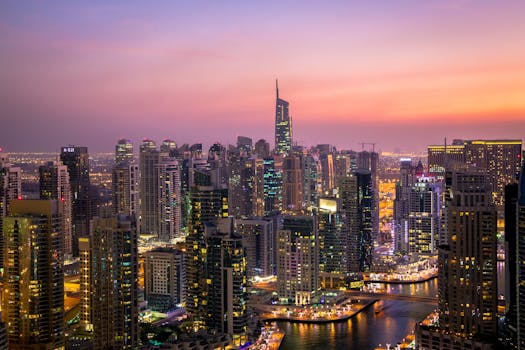
The rainfall began earlier than expected, leading to waterlogging in several low-lying areas, including Sion, Andheri, and Dadar. These locations are known for their susceptibility to flooding during the monsoon season, and the heavy rains once again made these areas impassable. Railway services, a critical mode of transportation in Mumbai, were severely affected, with delays reported on the Central, Western, and Harbour lines. Mumbai's suburban trains, often referred to as the city's lifeline, saw massive disruptions, leaving passengers stranded at stations for hours.
Road travel was also heavily impacted. Long queues of vehicles stretched along the Eastern Express Highway and Western Express Highway, where heavy waterlogging exacerbated the delays. Traffic came to a standstill in many parts of the city, with motorists forced to wade through knee-deep water in some areas. Local cab services and app-based ride-hailing platforms were overwhelmed with demand, leading to higher fares and long waiting times.
At Chhatrapati Shivaji Maharaj International Airport, heavy rain and low visibility led to delays and cancellations of multiple domestic and international flights. Passengers waiting for flights reported confusion, as airlines struggled to adjust schedules. Several flights were diverted to nearby airports as a precautionary measure. Mumbai’s airport, one of the busiest in India, has faced similar issues during previous monsoon seasons, and the infrastructure, though improved, still struggles to cope with such weather events.
The Brihanmumbai Municipal Corporation (BMC) issued advisories, urging citizens to avoid non-essential travel and to stay indoors wherever possible. Disaster response teams were dispatched to pump water out of the most heavily waterlogged areas. However, the volume of rain that fell over the course of a few hours overwhelmed drainage systems, particularly in areas that are known to flood frequently. The BMC has been continuously monitoring the weather forecast to deploy resources more effectively, though the unpredictability of the weather remains a concern.
Schools and colleges in the city were closed early as a precaution, with some opting for online classes to avoid risking students’ safety. Parents expressed concerns over the recurring issue of flooding during the monsoon, pointing out that despite regular warnings and forecasts, the infrastructure of the city continues to buckle under the pressure of heavy rain.
Health concerns have also risen due to the weather, as hospitals reported an uptick in water-borne illnesses, including cases of dengue, leptospirosis, and viral fever. With stagnant water collecting in several areas, authorities have warned residents to take extra precautions to prevent mosquito breeding. The BMC has intensified efforts to fumigate waterlogged areas and conduct awareness campaigns to educate people on avoiding contact with floodwater, especially in low-lying regions prone to contamination.
Despite ongoing efforts by the municipal corporation to address Mumbai’s monsoon woes, residents remain frustrated by the persistent flooding that plagues the city each year. Experts have pointed to inadequate urban planning and poor drainage systems as long-standing issues that contribute to the severity of the flooding. Over the years, projects have been launched to mitigate these challenges, but the results have been mixed. The problem is further exacerbated by the city’s rapid urbanization and population density, which puts immense pressure on its infrastructure during monsoons.
The weather department has forecast continued rainfall for the next 48 hours, warning of potential flash floods in vulnerable areas. Citizens have been advised to stay updated with weather alerts and to take necessary precautions to ensure safety. Additionally, disaster management teams are on high alert to respond to any emergencies that might arise due to the weather.
Mumbai, known for its resilience, has always found ways to cope with its seasonal monsoon challenges, but the scale of the disruptions this time has once again brought to the forefront the ongoing debate about the city's preparedness for extreme weather. The government, municipal bodies, and civic agencies have repeatedly pledged improvements, but the question remains whether these promises will translate into real change on the ground.
